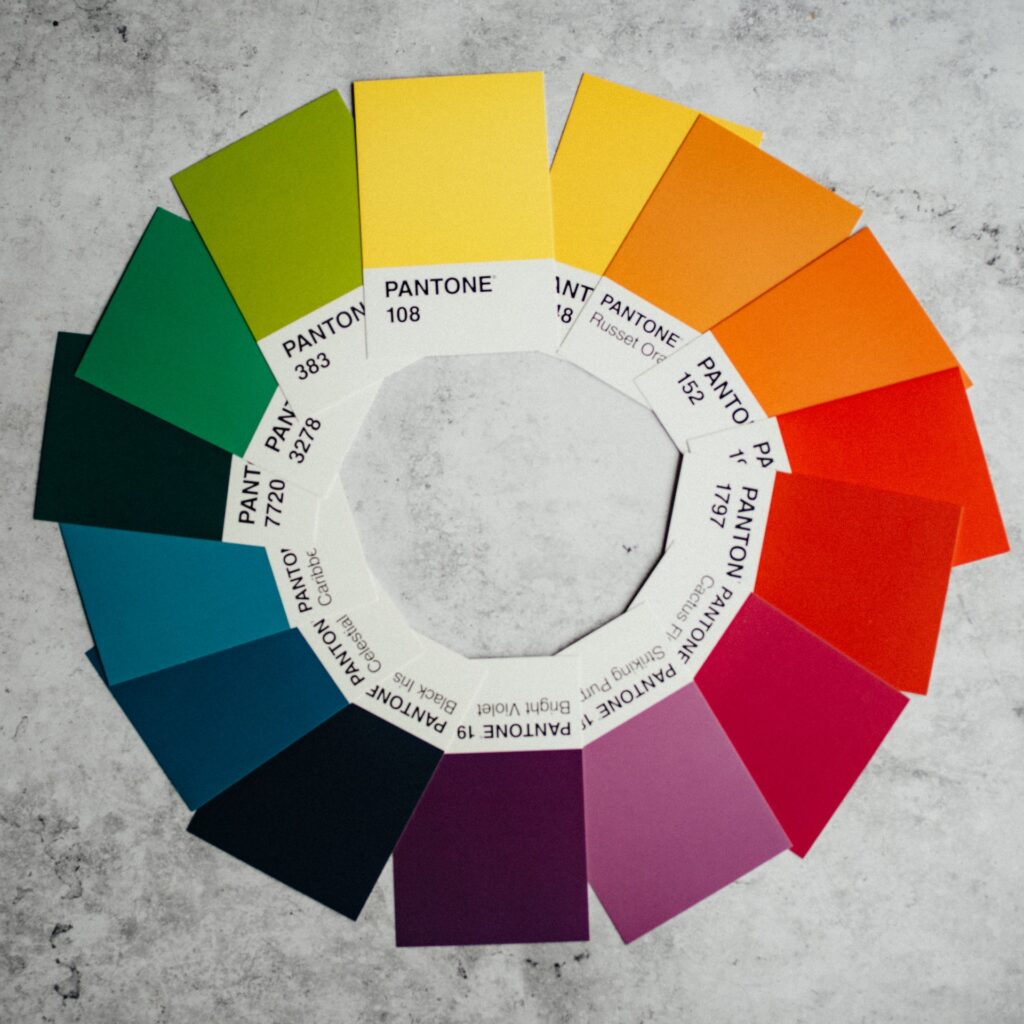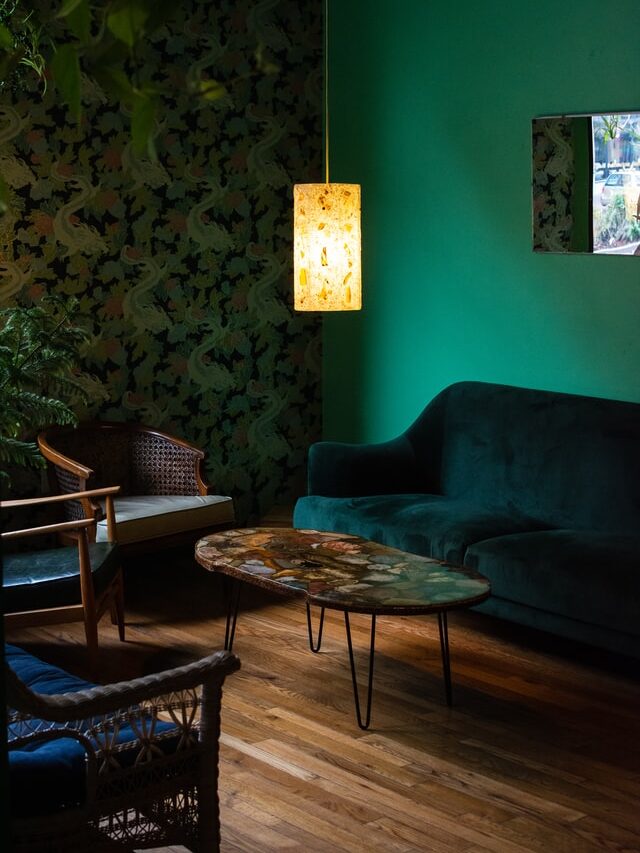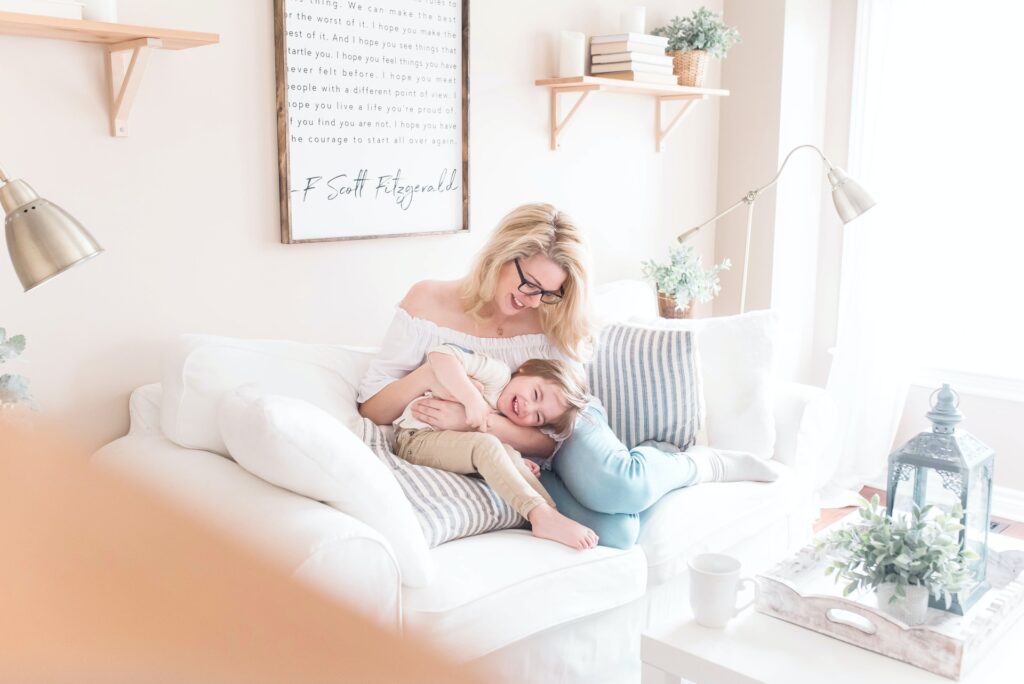
We are reader-supported. When you buy through links on our site, we may earn an affiliate commission.
Most homeowners will think about repainting a room or two when they feel the need to redecorate their home. It’s exciting to know you can make your walls whatever color you like because you don’t have a lease, but figuring our how to pick paint colors for your home also opens a world of possibilities you may find overwhelming.
There are tons of paint colors to choose from, no matter which store you go to. They give off different vibes and come in various shades, so where are you supposed to start? The last thing anyone wants is to spend the time and money on repainting a room only to discover the color looks terrible.
Check out this guide on how to pick paint colors you’ll never regret. You can make your next painting experience much more enjoyable by using a few of these tips to help you find the next hue you’ll fall in love with:
1. Consider Your Future
Do you plan to live in your home for a few decades or are you going to sell it in the next few years? If you might move, keep in mind that new buyers are more receptive to white, off-white or beige rooms because they’re easy to coordinate with the decor. Homeowners who don’t need to worry about selling could go for a long-lasting look, depending on the kind of paint you buy.
Latex paint, which is also called acrylic paint, holds up well over time. Every can contains a synthetic polymer to bind the paint with whatever surface you choose. You could also pick oil-based paint for real wood walls or trim because it soaks into the wood. Take note that oil-based pigments are harder to paint over if you plan to sell.
2. Check the Color Wheel

After you choose which room you’ll repaint, find the colors that are already present in your bedspread, pillows or curtains. Locate them on the color wheel and see which hues are opposite to pair them with complementary shades. You can also stay within the same part of the color wheel and choose analogous colors to play off whatever tones already exist in your interior design.
3. Think About the Room
What does your chosen room need? Cool colors like greens, blues and purples make any area feel more spacious. Reds, oranges and yellows will add more vibrancy and warmth.
You should also think about how messy the room gets, which will help you narrow down the type of paint you should buy. High gloss or semi-gloss sheen paint will work well in spaces where there might be grease splashes or wall messes you need to clean up. In a home, this could be a playroom, kids’ rooms or your kitchen backsplash.
Matte or flat paint is suitable for most other areas of the house, although it holds onto dirt, stains and fingerprints, making it more difficult to clean.
4. Find Your Personal Preference

Would you rather your home feel relaxed or elegant? This factor depends on your personality and design preferences. Neutrals are the new trend in elegant colors, allowing for more decorative flexibility. If you want a room to feel more relaxing, pick cool colors. They’re easy on the eyes and go well with vintage furniture or rustic decor.
If you’re not sure what your preferences are, bring a few paint chips home and compare the shades. Hold them up against your furniture and decor. Mark which ones make you feel the atmosphere you’re looking for so you can test them later.
5. Decide on a Focal Point
Another way to pick the right paint color is to decide on a focal point. A statement wall can pull a room together if it’s a shade darker than the lighter walls around it. Depending on which room you repaint, the statement wall may be the one behind your entertainment stand or headboard. It could also be your stairwell or a wall with more architectural design, like a bay window.
See which area of the room draws the most attention naturally, and you might have a focal point that works well with a brighter or bolder shade of paint.
6. Compare the Lighting

After you find a few colors you like, you should compare how they look in different lighting. Paint can appear slightly different in morning and afternoon natural lighting, as well as artificial light. Select a few shades and ask for sample paint cans. Brush a swatch of each hue onto a wall that gets both kinds of lighting.
Over the next few days after the paint dries, take pictures at different times to see how it changes in appearance. You might discover one color looks quite different when you turn the lights on at night or walk past it during the afternoon.
Paint Color Choices With Staying Power
Even if you use these tips to pick paint colors you like, you might still have a few questions remaining. You may wonder what’s in the paint or which brand is most reputable. Make sure to ask all of these questions when you’re with the professionals at your local paint store. Finding out everything you need to know about a color, shade or brand will help you select a hue you’ll never regret.










